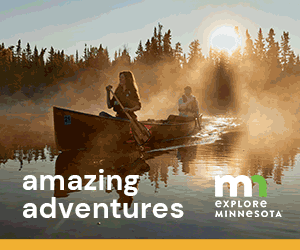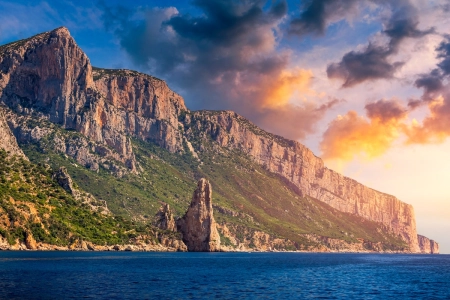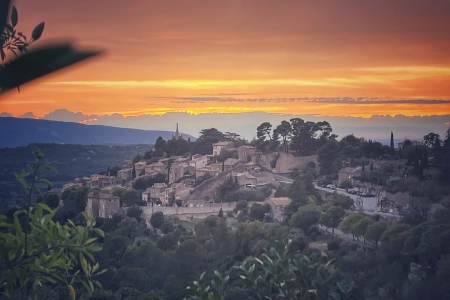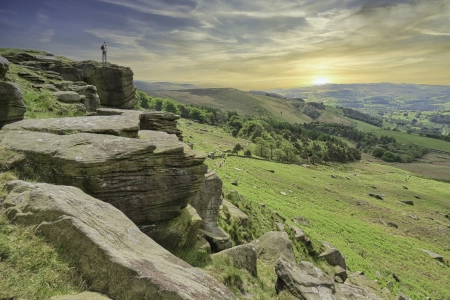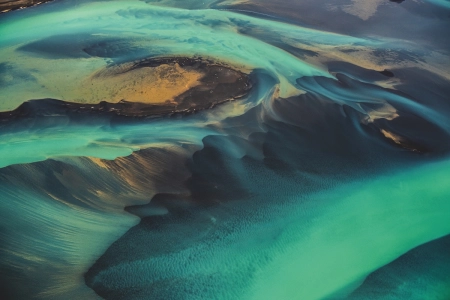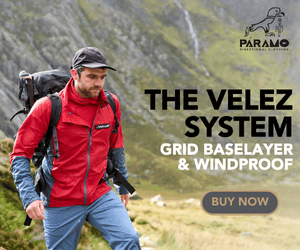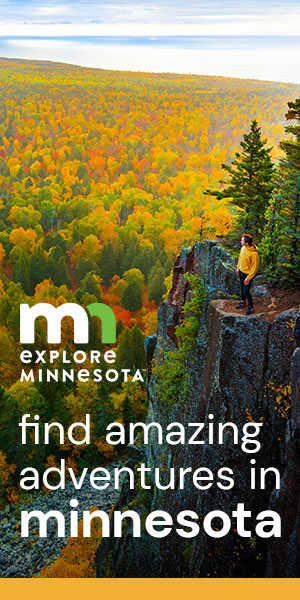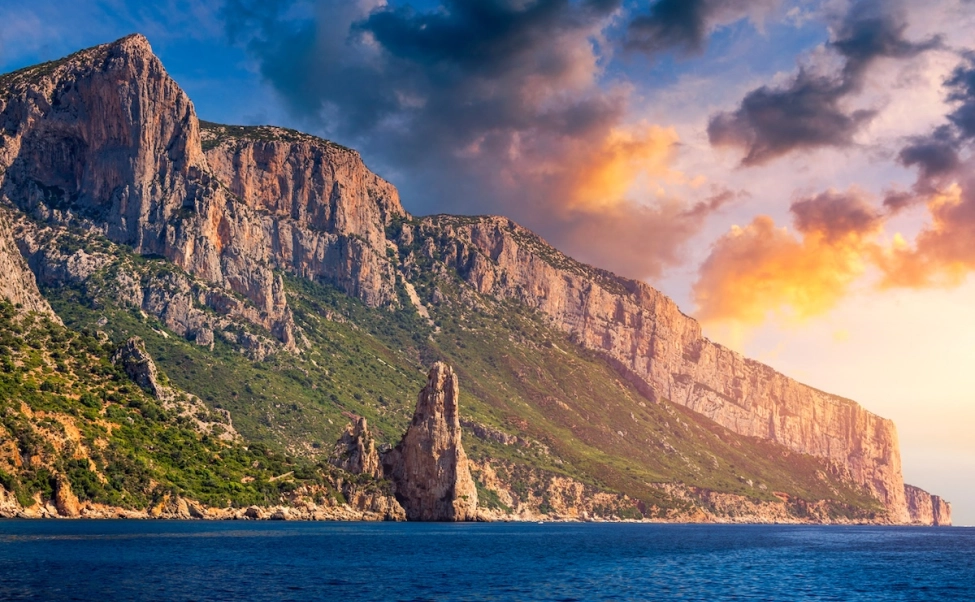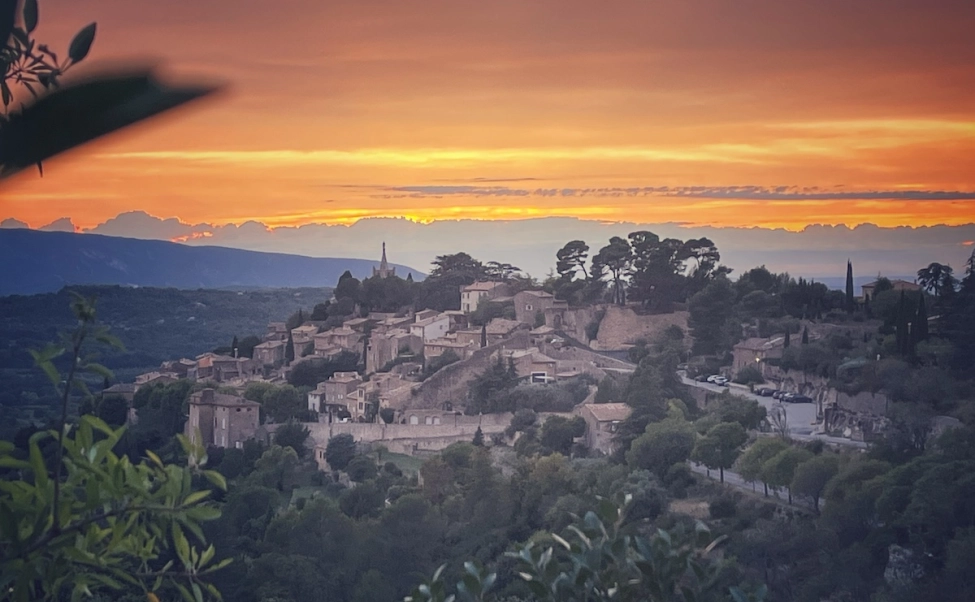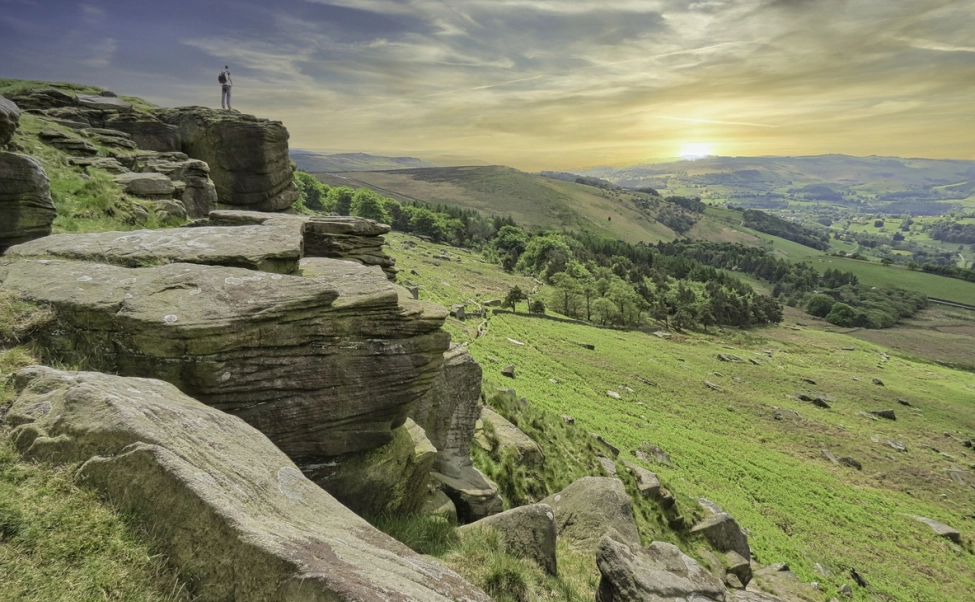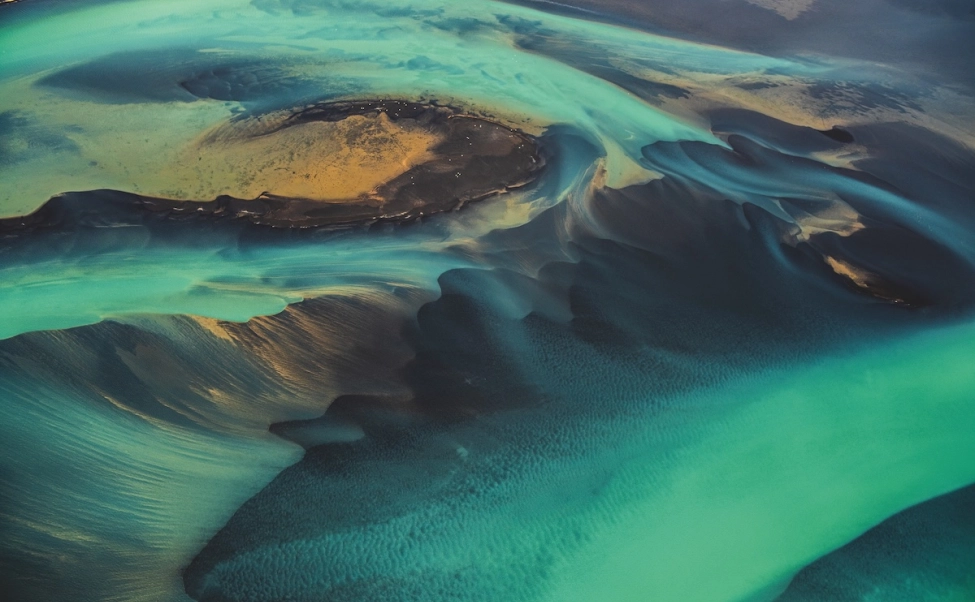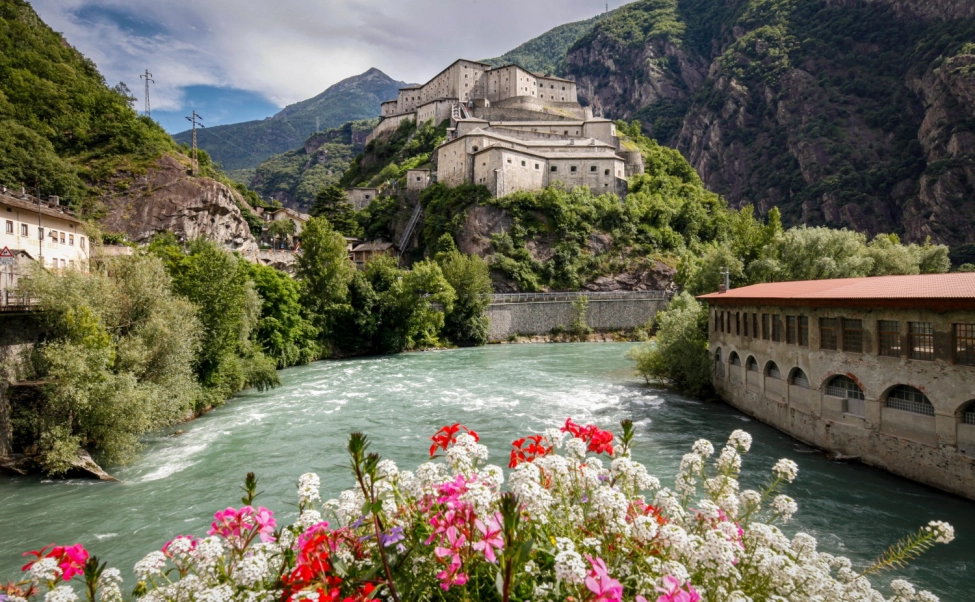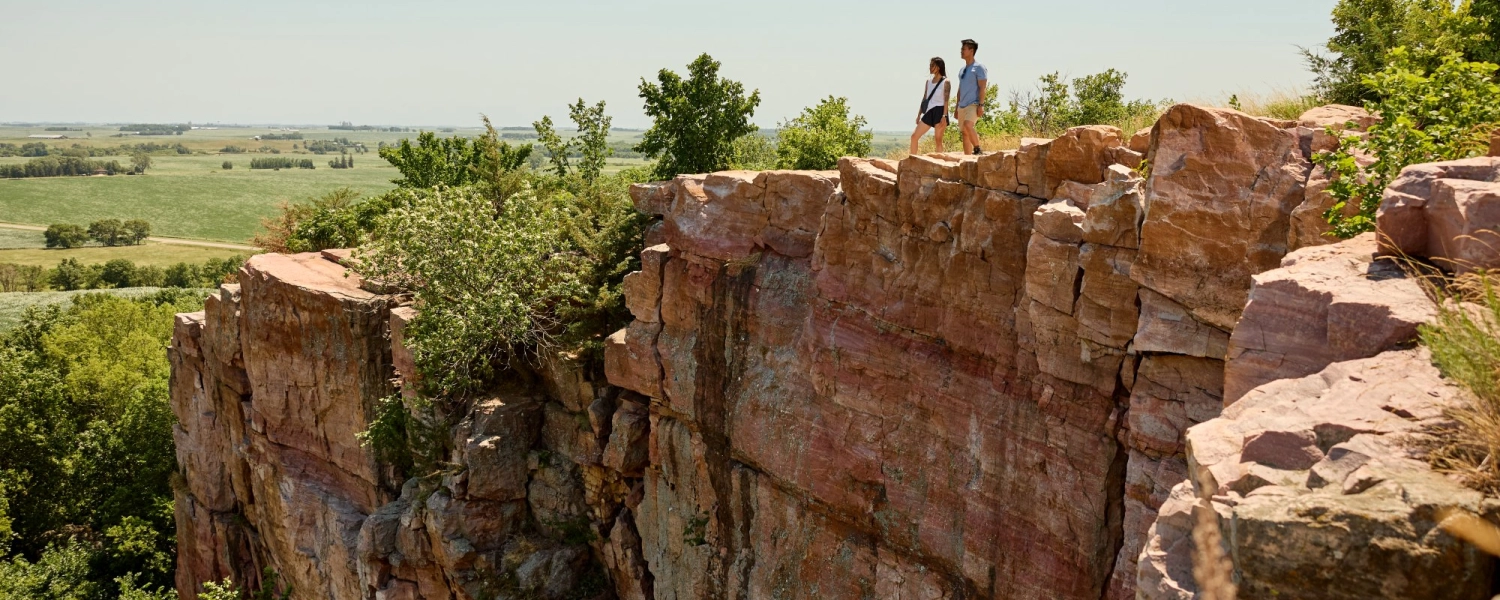- Details
- Written by: Tristan Kennedy
Inhaling deeply, I took a few faltering steps and leapt into the turquoise waters of the lake, expecting to employ my best Wim Hof cold water breathing techniques. But no, this was Lake Faak, in the southern Austrian province of Carinthia. One of the shallowest of the region’s many alpine lakes, it has an average depth of just 16 metres, meaning its temperature rises quickly in the sun. I was visiting in mid-September, but the water was still a balmy, almost bathlike 24 degrees celsius.
Pretty impressive, but it was the colour of the lake which really blew me away. Tiny lime particles, carried in streams and springs from the nearby Kalkalpen mountain range, reflect the light, giving the water an otherworldly aquamarine hue which really must be seen to be believed.
"I had come to Carinthia with two friends for a well-earned break from adulting"
That same lime also purifies the lake by increasing the pH and killing unwanted bacteria and other nasties. Throw in the fact that the water in Lake Faak is renewed entirely every 1.8 years - by those calciferous mountain streams - and you’ve got yourself a body of water more pure than drinking water, a fact backed up by the Carinthian Lake Report.

I had come to Carinthia with two friends for a well-earned break from adulting. With six children between us, we’d been mumming hard and were itching to explore more than just the middle aisle at the local supermarket. So we’d planned an action packed itinerary, including wild swimming, a hike, some e-biking, canoeing and a trip to the top of the Gerlitzen Alpen, another mountain range in the neighbourhood.
We were staying at an apartment in the Dorf Seeleitn, a collection of traditional Austrian chalets set up in a manicured village configuration, each festooned with the most beautiful array of geraniums and petunias. A quick change post swim saw us back at the hotel’s jetty at the lake, greeting Susannah from Manfred Winkler Kajak Centre, who quickly loaded us into a Canadian canoe to explore the lake’s reed beds.
Described by locals as the Austrian Everglades, they did not disappoint. The water sat still in the channels, reflecting the trees and mountains perfectly, whilst the whispering reeds made a very zen soundtrack to the adventure. Or it would have done had the air not been blue with expletives as we struggled to control the boat, careering into the reeds and roots, clearly visible through the crystalline water. Yin and yang.

Retiring to the restaurant in our holiday village, we eagerly sampled some of the Carinthian delicacies we had been told about – Kärntner Kasnudlen, dumplings filled with puréed potato, cheese and herbs and drizzled with brown butter, and the dessert made famous by the Sound of Music, Apfelstrudel mit Vanillesoße. It’s popular for a reason!
Emergency Spa to the Rescue
The next day brought rain. Not just rain; a torrential downpour which started before our excellent and extensive breakfast and continued until we went to bed. Luckily, we’d had a tip-off from Iris Kuchar, from the local tourist office, that this would happen, and she had helped us hastily schedule a day in the local thermal spa nearby. Quite the opposite of the lusty hike into the mountains we had planned, but it gave us a chance to immerse ourselves in Austrian spa culture.

As part of the package at our hotel, we were given an electronic Erlebnis Karte (Experience Card) which included free travel on S-Bahn trains in the Villach - Faaker See - Ossiacher See area. We hopped on a clean and punctual train (a very different experience from regional trains in the UK) and 10 minutes later were alighting in Warmbad, where we found the sprawling and modern Kärnten Therme right opposite the train station.
"This ritual is called Aufguss and is a revered and serious process, so no laughing at the back!"
It had it all: sports pool, water slides, children’s pools, a ‘Crazy River’, saunas, steam rooms, plunge pools, bubble pools, relaxation areas, bar, restaurant, a hammam. We availed ourselves of everything there. And we learnt a lot, not least about Austria’s rigid sauna culture. Strictly no swimming costumes, no skin should touch the wood surfaces (towels only), always, ALWAYS appear nonplussed in the face of unabashed nudity. And if someone should come into the sauna and start wafting a towel around like a paso doble dancer, swathing you each flap in blankets of searing heat, this is normal. He’s the Saunameister and it’s his job to regulate the heat for maximum sweating. This ritual is called Aufguss and is a revered and serious process. It is not something to smile about, so no laughing at the back!
*****
Aufguss, and the Art of the Austrian Sauna
Aufguss is a multi-sensory sauna experience, involving the use of water or ice infused with essential oils, music and towel-work to take participants on a journey of temperature and mindfulness. The ritual developed from the need to clear the old, impure air from evaporated toxins and allow fresh air in, before raising the temperature over a 15-minute process to a crescendo of heat and endorphins. It is thought that the mild fever created strengthens the immune system.
Each Sauna Meister or Aufgussmeister, has their own performance style, towel techniques and essential oils to create an individual experience for guests. A cold plunge or shower then finishes the process by shocking the body and releasing adrenaline, followed by endorphins. No wonder the Austrians love it.
*****
After about the best sleep I can remember having, the thought of a day’s e-biking in the waterlogged trails of Kalkalpen didn’t appeal. An Austrian breakfast of cold meats, cheeses and the crusty rolls of my dreams soon put us right though, and before we knew it, we were pedalling steadily into the mountains with our guide Raphael Marko from Alpletics, just a stone’s throw from our holiday village.

The landscape seemed to change at every turn, from stoney forest paths, opening into wide green pastureland reminiscent of the 1970s kids’ show Heidi, into rustic Alpine villages with the backdrop of the newly snow-capped craggy mountains beyond. This is when e-biking really comes into its own. Our legs burnt just the same as they would have without motor assistance, but each revolution of the pedals produced more power and propulsion, opening up swathes of the countryside that would previously have seen us pushing our bikes huffily up the hill.
The pay-off of any ascent is the whizzy descent, which for us started with a bumpy track down to a shallow stream crossing. At least it was meant to be shallow. The previous day’s torrential rain and snow higher up the mountains had turned the babbling stream into a cold, wild, torrent, angrily exploding over the limestone rocks which obstructed its route down to the lake. One by one, we picked our way across the flood, with Raphael going back and forth carrying the not insubstantial weight of the e-bikes. I put my feminist objection to the back of my mind.

Back on the bikes and bombing downwards through wooded tracks and snaking roads lined with towering tombstone rock faces; a favourite of the local climbing fraternity, we followed Raphael into a small hamlet surrounded by canals and waterways until we pulled up outside the Finkensteiner Nudelfabrik restaurant and shop. Set up by two sisters, it serves the most incredible homemade pasta, melded into the mouthwatering dishes we greedily consumed. While one sister runs the kitchen, the other operates the commercial arm of the business—an artisan shop selling more home-made pasta and delicious accoutrements to Italian cuisine. This part of Austria neighbours not only Slovenia on the other side of the mountains, but also Italy, just a stone’s throw away.
Back in the Saddle
I’d always thought that I was pretty good with pain—I’d birthed two children naturally after all. But I have NEVER known agony like sitting back on my rigid, narrow bike saddle after a long lunch. The day’s bumps and bashes had clearly left their mark. Add in a couple of falls that had literally left marks, resulting in a football-sized black bruise down the inside of my thigh, and it was a lot to deal with. Thankfully, there was more sauna therapy at hand, at the sister holiday village in Schönleitn, a short but steep walk up the mountain. We had the added bonus of a glass-fronted sauna giving an uninterrupted view of the now clear skies and glowing evening Moon over the talismanic Carinthian mountain, the Mittagskogel. Magic.

There was so much more we had planned to do in Carinthia, which was curtailed by the unexpectedly bad weather. A trip to the top of the Gerlitzen Alpe on a cable car was mothballed due to the lift not running. But we had enjoyed another stunning train journey past another lake, the Ossiacher, and a trip into historic Villach, where we stumbled upon a traditional parade through the town. There may also have been more strudel consumed than was strictly necessary.
There were three sad faces at Klagenfurt airport the next morning. But those faces had wind-stung cheeks and sparkling eyes and could it be, a few less wrinkles? The Austrians have it so right, we agreed. There is a non-negotiable value on wellness. You can see it in the spas, the extensive hiking and biking trails, the enthusiastic take-up of e-bikes – most adults seem to have one – and the living of life outdoors. As we discovered in Carinthia, adventure isn’t something you do, it’s a part of everyday life.
The bruises may have faded but the memories won’t.
Lucy was a guest of Visit Carinthia. For more holiday ideas and advice, check out the Visit Carinthia website.


